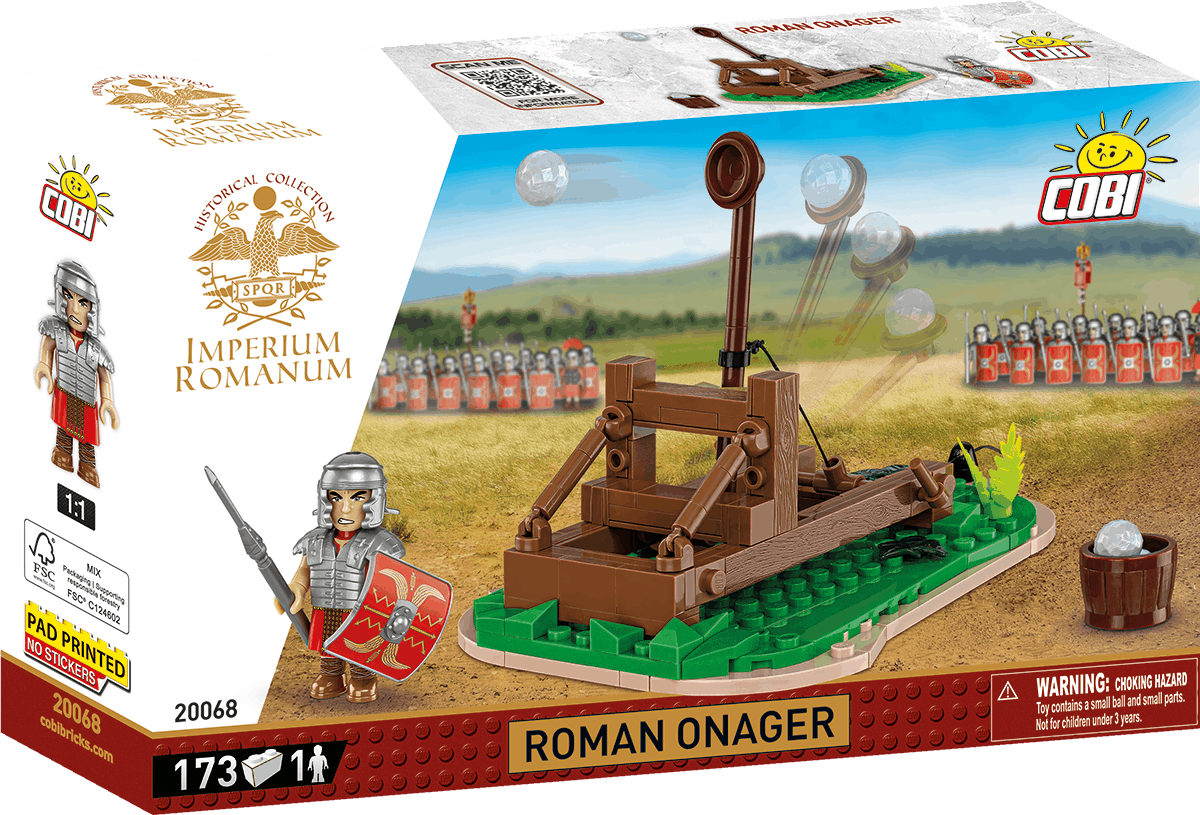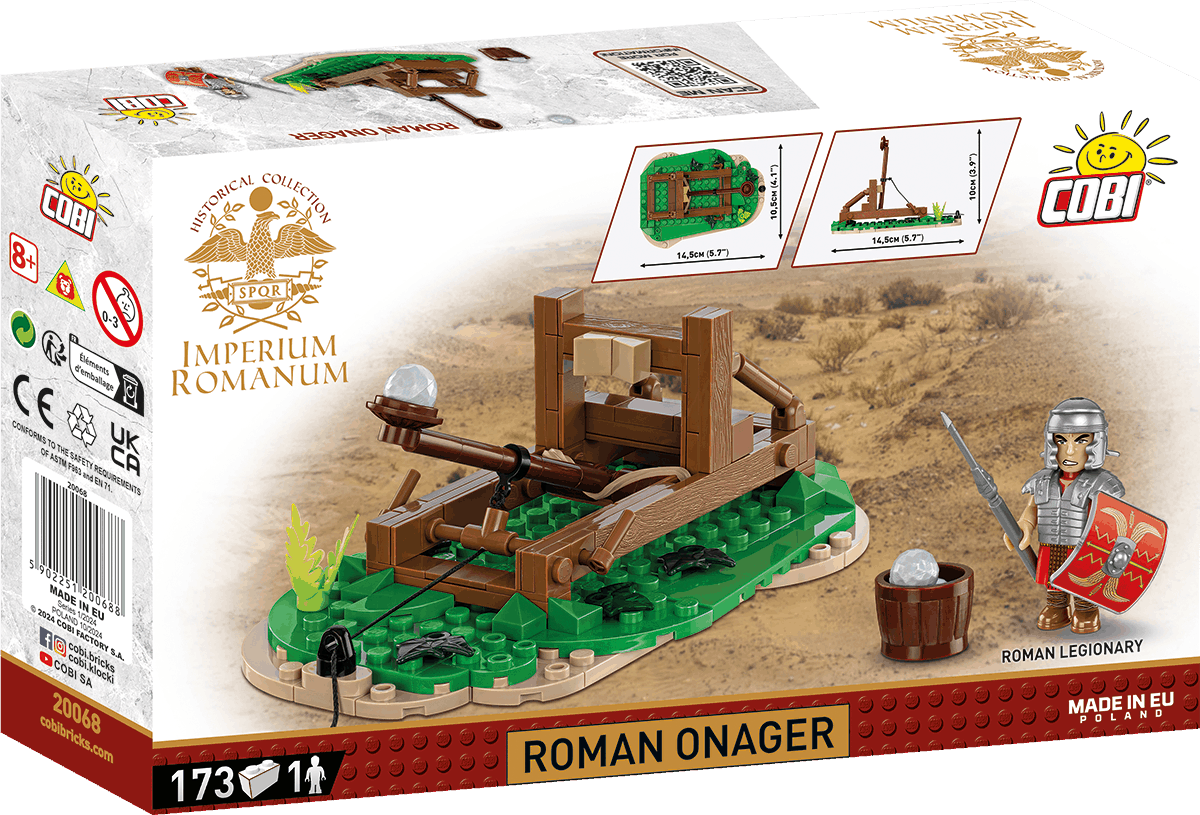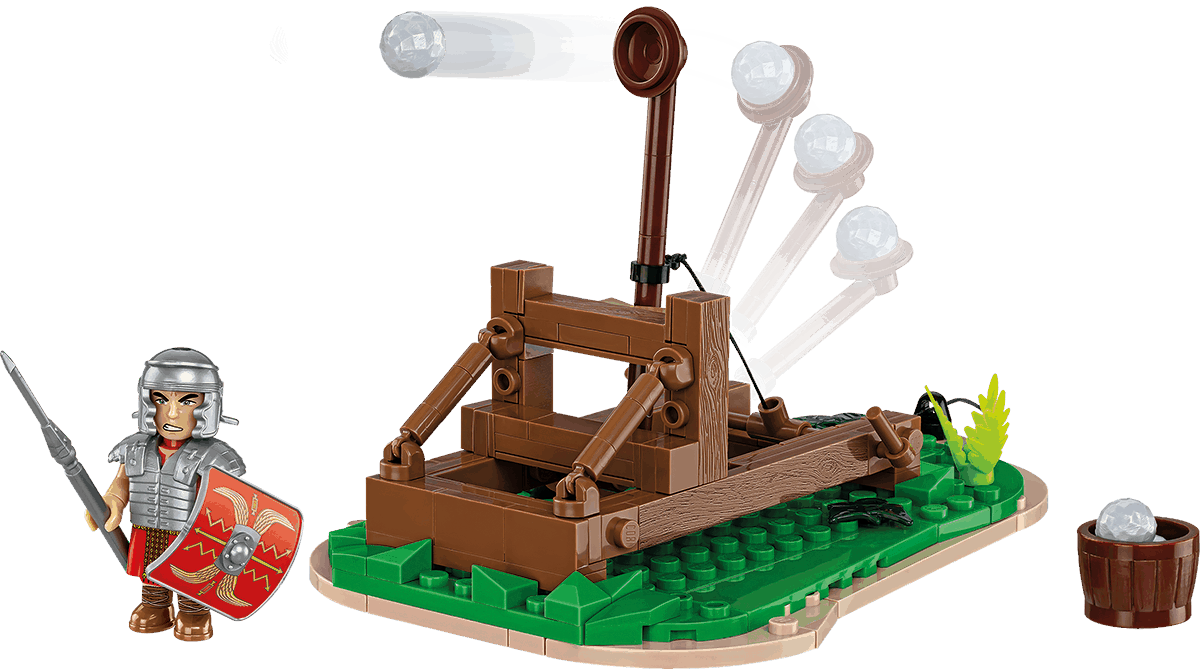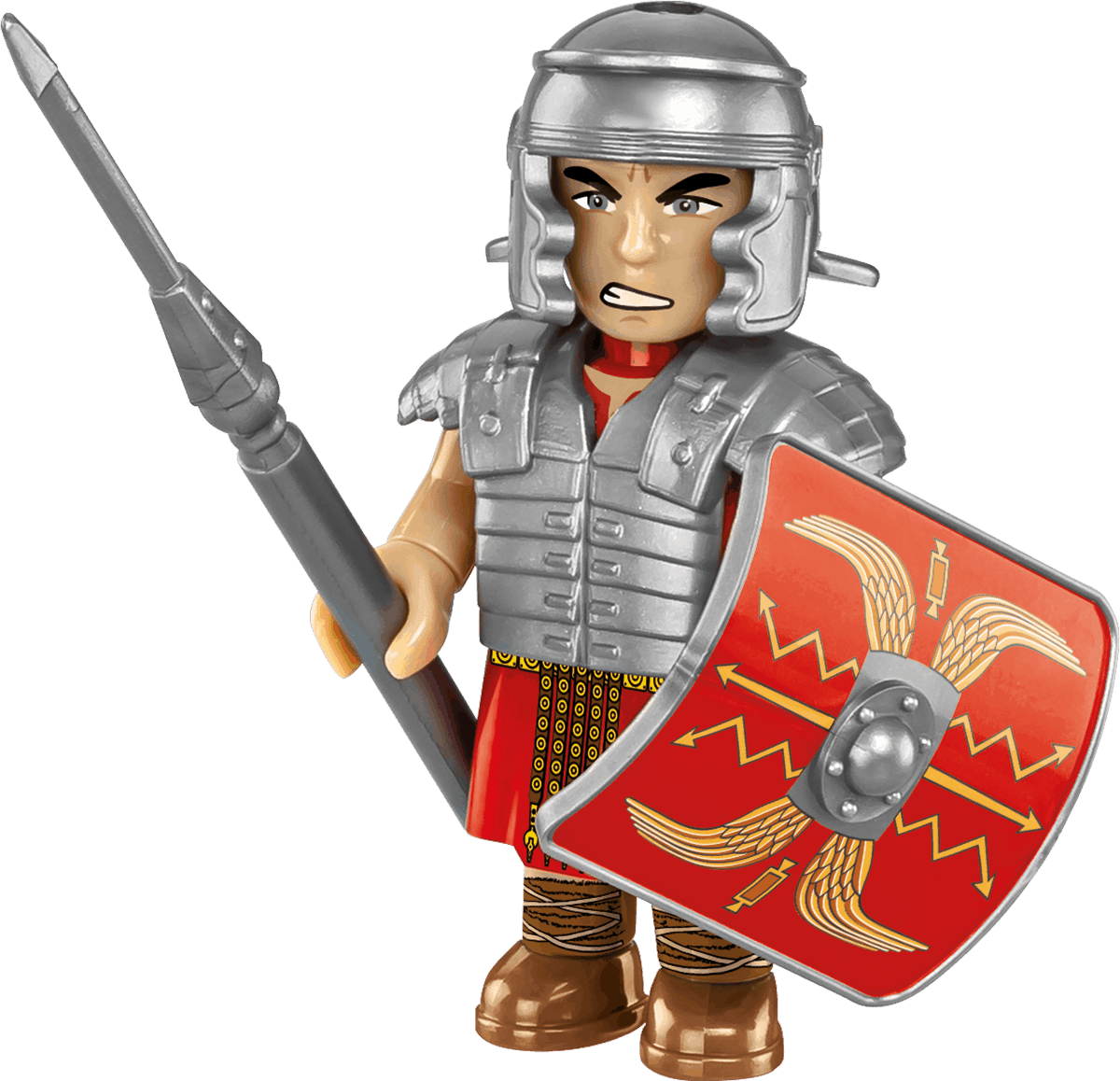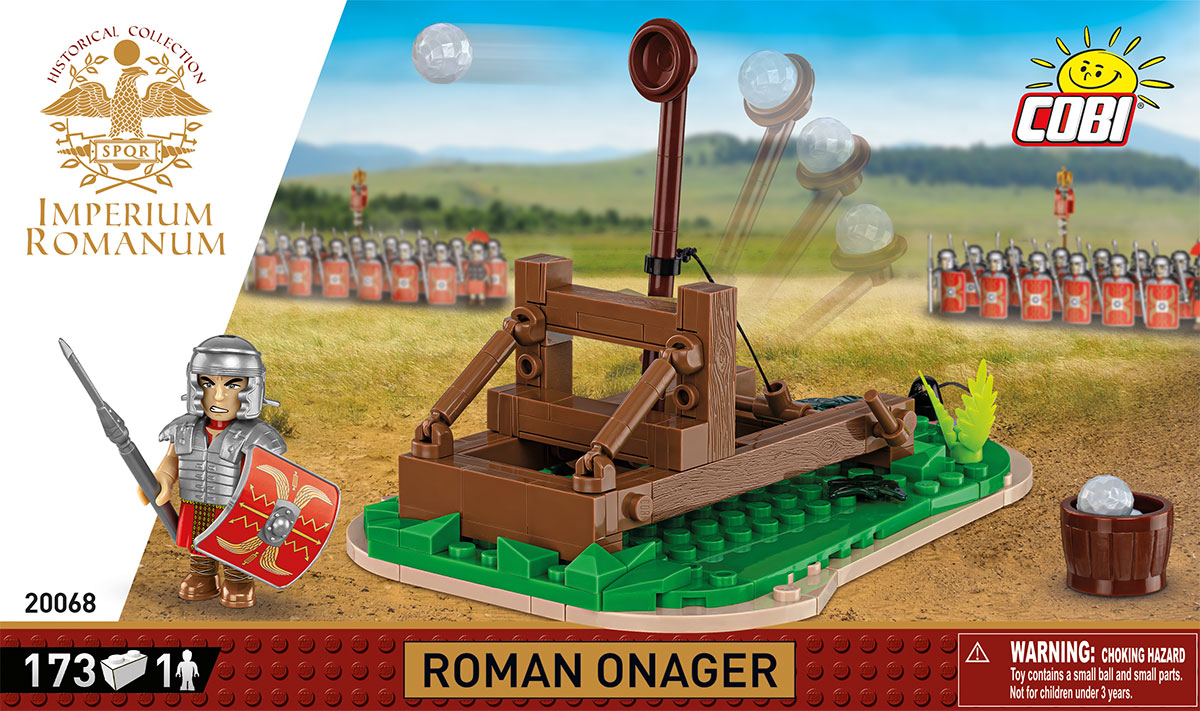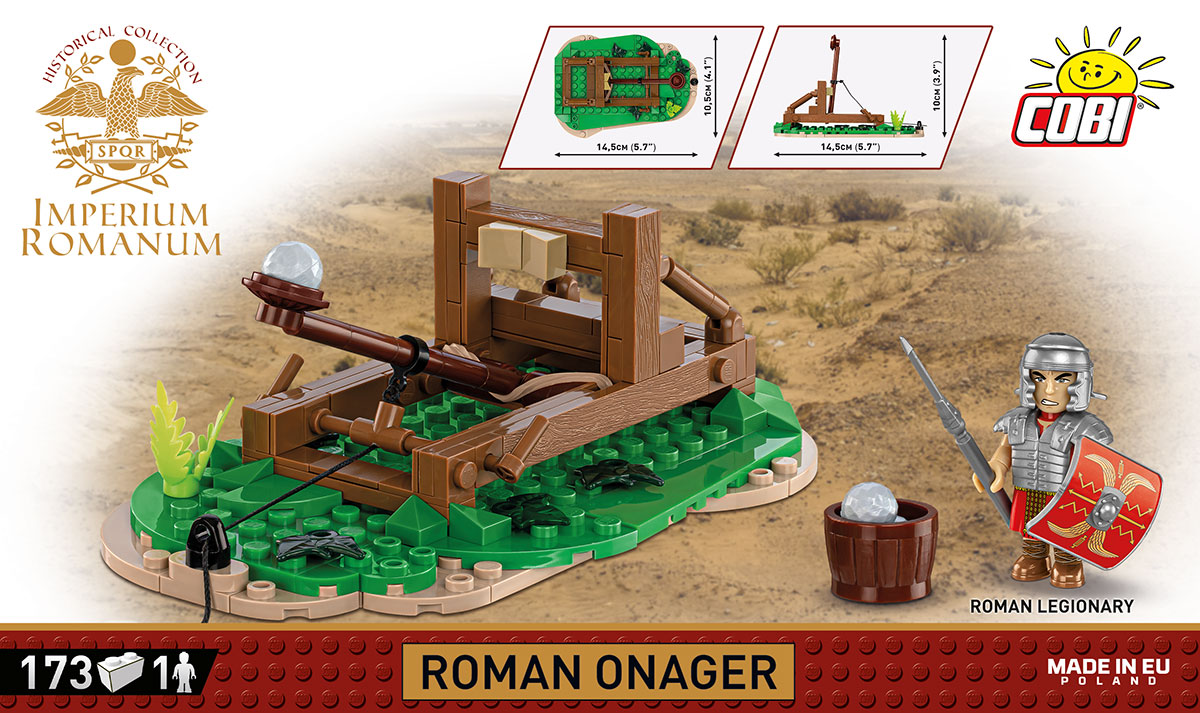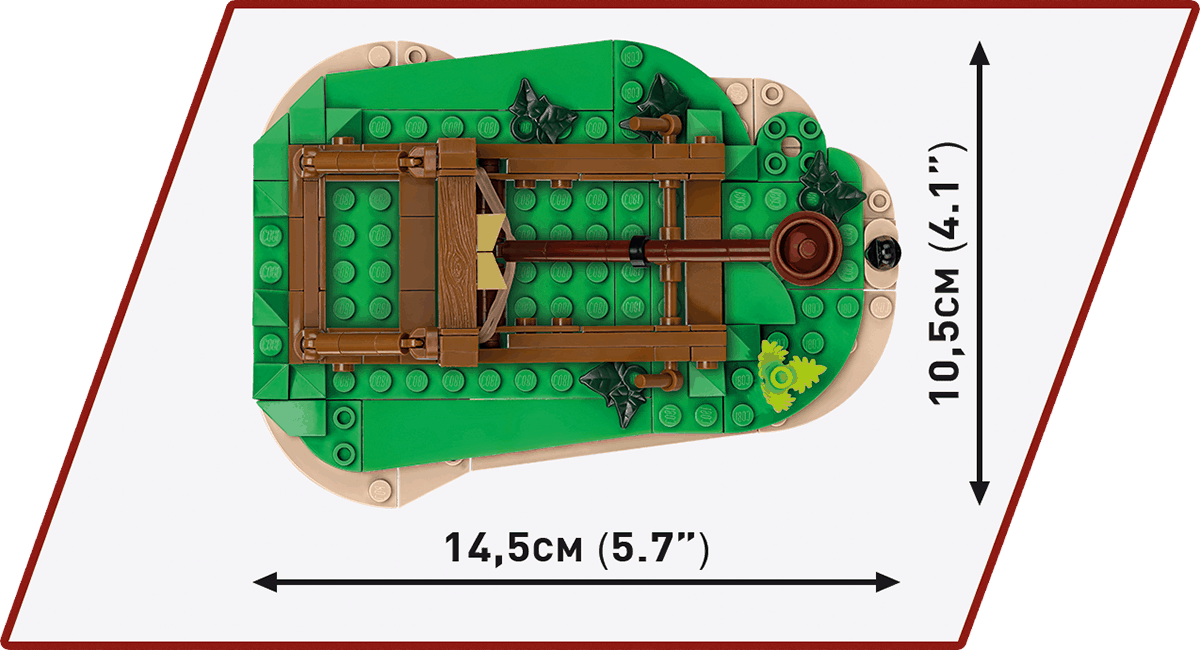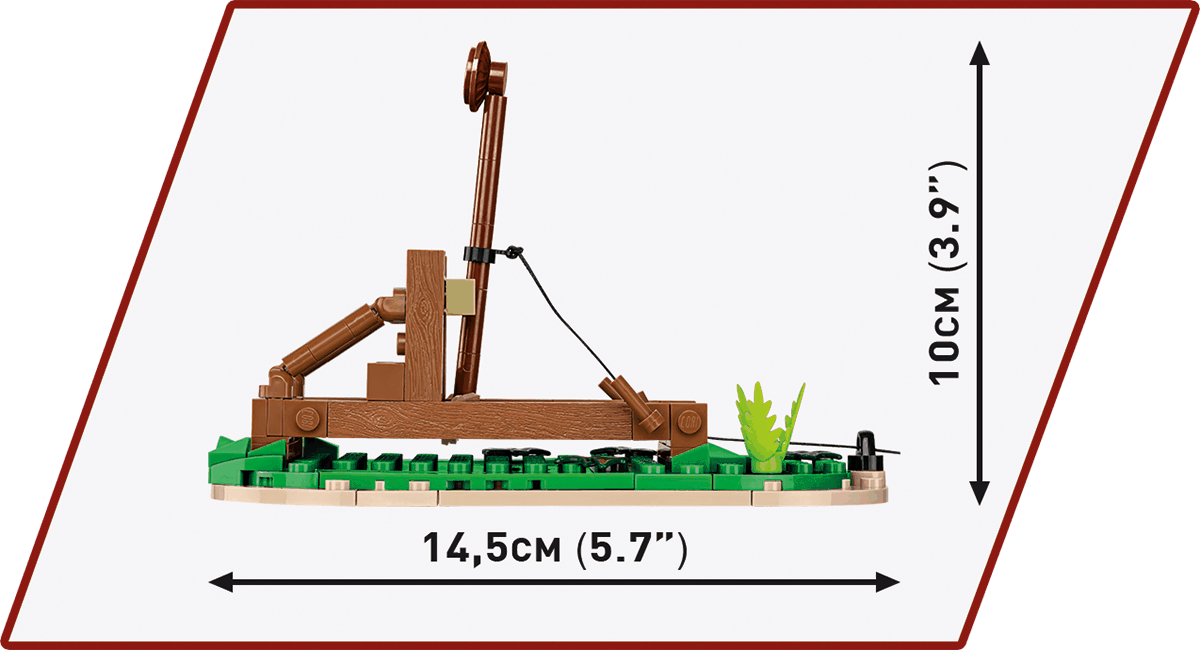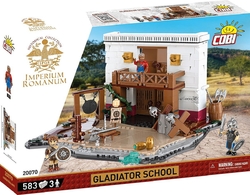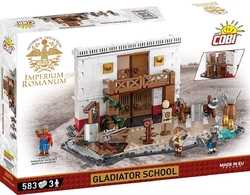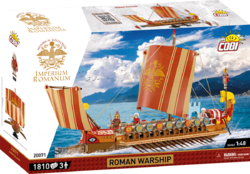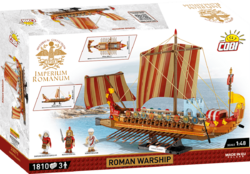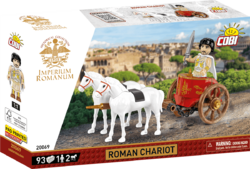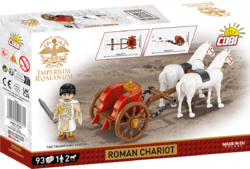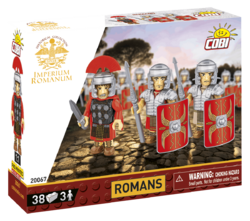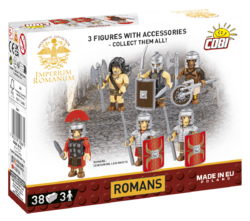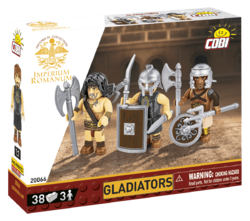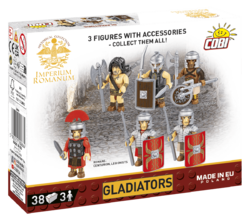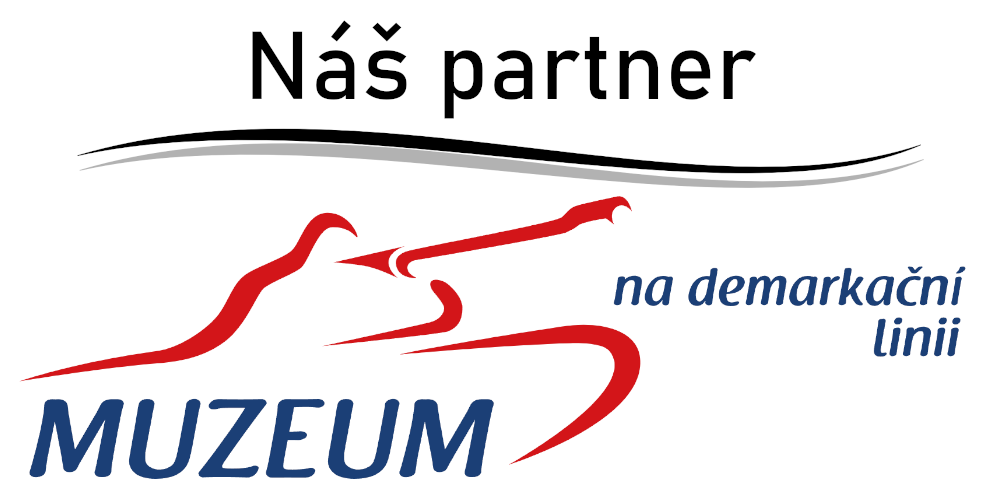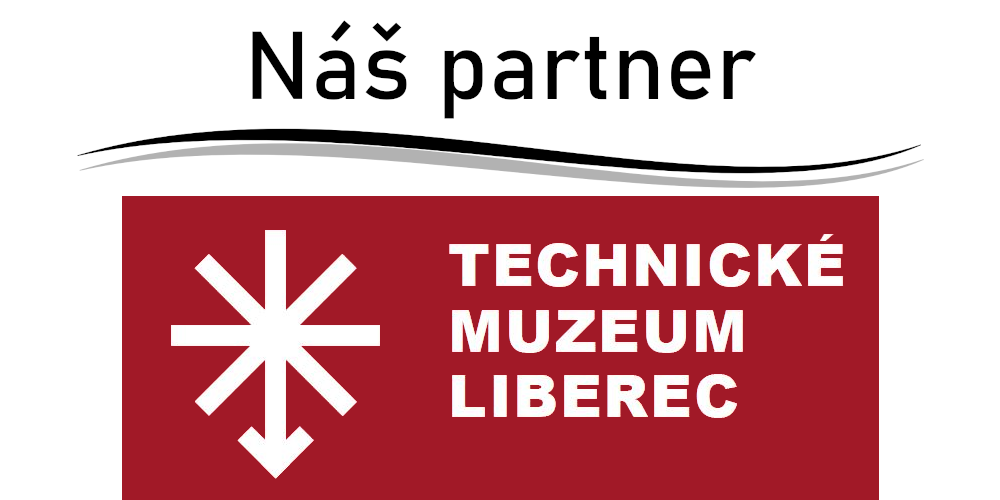Onager Roman Siege Catapult Model Kit. The assembled model is placed on a green grass platform. The package includes a bucket, stone balls and a legionnaire figure equipped with a spear and a shield.
Show more
0 %
(0 Ranking)
461 Kč
pcs
Add to Cart
In stock - ready to ship (1 pcs)
| List Number: | COBI-20068 |
| EAN: | 5902251200688 |
| Warranty: | 24 months |
| Manufacturer: | COBI |
| Loyalty Points: | 4 |
| Price excluding VAT: | 380,80 Kč |
Description
Parametres
Files and Links
Discussion
Reviews

You know that: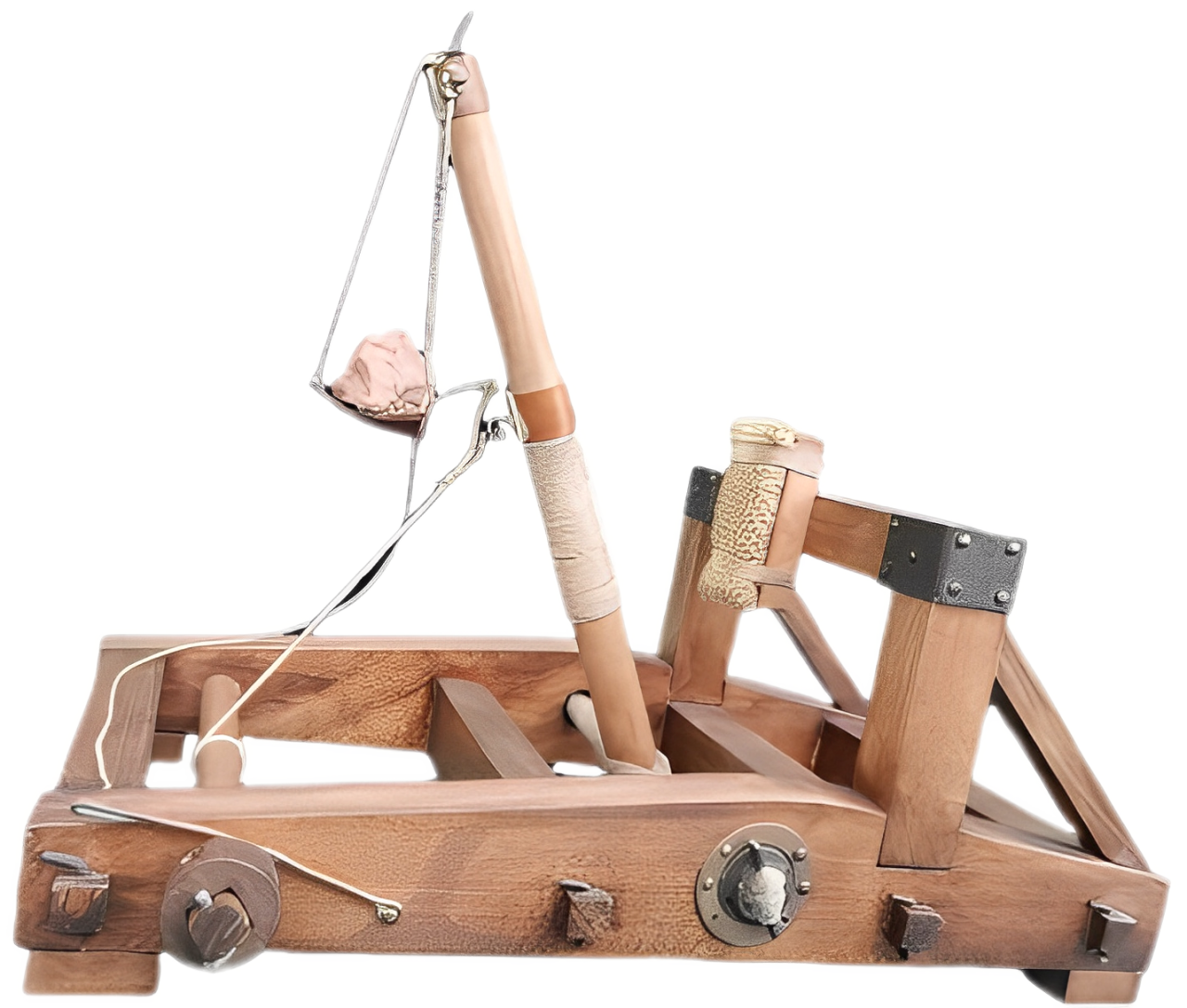
- The first written records of the use of the onager come from the year 353 by the legionary Ammianus Marcellinus.
- Many types of these catapults were produced in the Roman Empire, and the design therefore depended on the particular workshop.
- The common basis of the siege engine was a frame made of oak beams, which lay on the ground, and a vertical structure of the projectile stop.
- Projectiles were hurled by a wooden arm with a firing plate or a leather sling.
- The energy of the shot was supplied by a torsion spring made of tendon-like ropes.
- To extend the launch arm, the Romans used a tiller, which could be a fixed part of the machine, but also a separate one, usable for multiple catapults.
- Roughly hewn stone or clay balls mixed with flammable substances were usually used as ammunition.
- With the catapult ready, the gunner hammered out the wooden fuse, which released the energy of the tensioned torsion cables.
- When fired, the throwing arm hit the stop. The Romans called the impact "donkey kick". Hence the name of the machine Onager (donkey).
Technical parameters:
- dimensions: length 4 m, width 2 m, height 2-3 m
- weight 300 - 600 kg
- maximum range 370 m (optimally up to 170 m to maintain sufficient projectile energy)
- projectile weight +/- 45 kg
- torsion hemp rope drive
- service 2
Roman law Lex Militaris disciplinae:
"The war machines of the great Rome on land or at sea are the property of the emperor. The carriage army is exempt from this regulation."
Assembly instructions
| Number of figurines | 1 pcs |
|---|---|
| Dimensions after assembly | 14,5 x 10,5 x 10 cm |
| Number of pieces | 173 pcs |
| Collection | Imperium Romanum |
| Contains luminous blocks | No |
| Material | Plastic |
| Compatible with other brand of kits | Yes |
Discussion is empty.
There is no review for product yet









